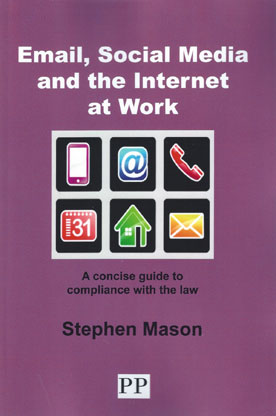
Communicating has become effective and efficient. Sometimes, however, that carries great risks. Immediately computers were connected to the internet, the line between the internal and external world of communications altered forever. Email has become ubiquitous – it is the most commonly used method of corresponding within and without organisations. Social media has extended the way many people connect.
However, problems occur. For instance, some people do not adjust their behaviour when using such technologies, causing themselves, their friends and families, and their employers embarrassment. Others use the technology to steal, commit fraud, bully and continue with unpleasant and illegal activities – and do so when using the corporate infrastructure.
The content of this book is deliberately general in nature, to ensure it is understandable by those setting up a policy, policing it, or defending themselves.
Written by a barrister that has given numerous seminars on the topic over the years, it provides copious examples is to provide the reader with a clear understanding about the nature of the case in order to more fully understand the reason for the decision made. The result is that the law can be easily put into real context.
It will be an invaluable addition to the working library of business and organisation leaders and the professionals who advise them. This new edition contains a simple-to-use well-drafted model policy.